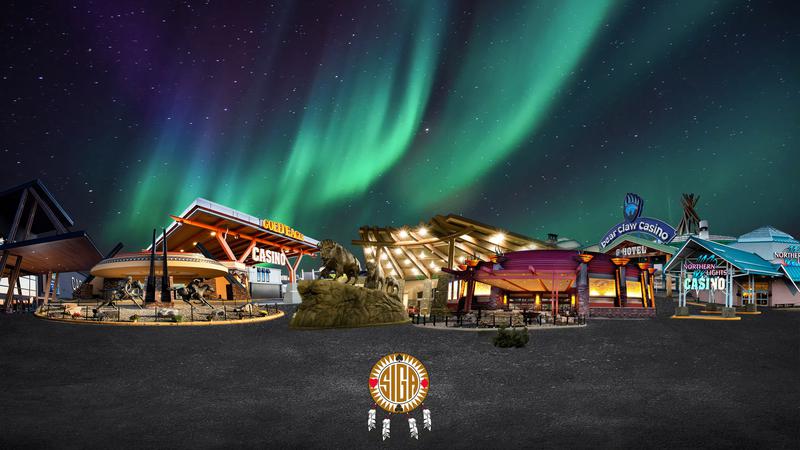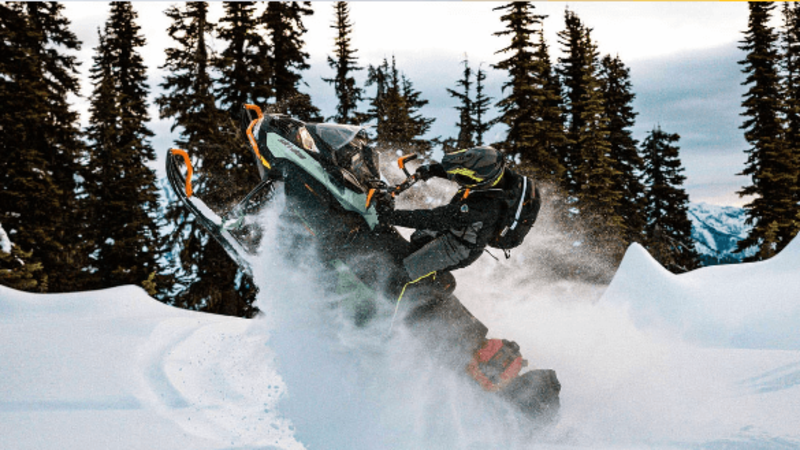
Canada’s bobsleigh team races World Cup on Calgary home track facing closure
CALGARY — Canada’s skeleton and bobsled teams will race a World Cup on their home track under a cloud of uncertainty.
Calgary’s 33-year-old sliding track, built for the 1988 Winter Olympics, is facing closure. So Canada’s sliders are wondering if the World Cup from Friday to Sunday will be their last races on it.
“It’s really bad for the sport if the track closes, especially in a country like Canada where we’re kind of a world leader in sport, especially winter sports,” said Justin Kripps, who piloted Canada to Olympic bobsled gold in 2018.


